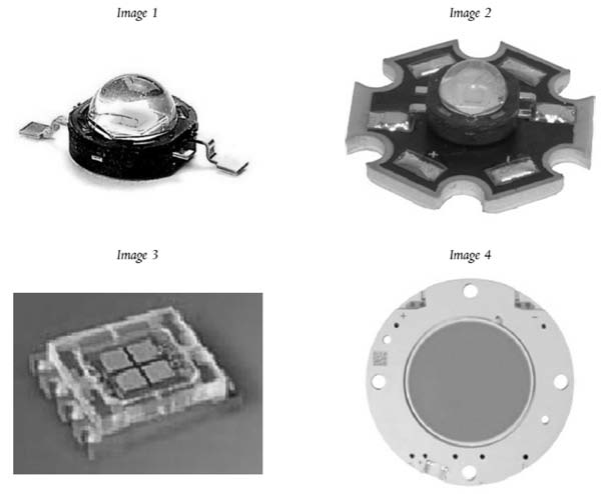
COMMISSION IMPLEMENTING REGULATION (EU) No 1037/2014of 25 September 2014 concerning the classification of certain goods in the Combined Nomenclature- "Official Journal of the European Union", No L 287/9 of 1.10.2014 - |
THE EUROPEAN COMMISSION,
Having regard to the Treaty on the Functioning of the European Union,
Having regard to Council Regulation (EEC) No 2658/87 of 23 July 1987 on the tariff and statistical nomenclature and on the Common Customs Tariff(1), and in particular Article 9(1)(a) thereof,
______________
(1) OJ L 256, 7.9.1987, p. 1.
Whereas:
(1) In order to ensure uniform application of the Combined Nomenclature annexed to Regulation (EEC) No 2658/87, it is necessary to adopt measures concerning the classification of the goods referred to in the Annex to this Regulation.
(2) Regulation (EEC) No 2658/87 has laid down the general rules for the interpretation of the Combined Nomenclature. Those rules apply also to any other nomenclature which is wholly or partly based on it or which adds any additional subdivision to it and which is established by specific provisions of the Union, with a view to the application of tariff and other measures relating to trade in goods.
(3) Pursuant to those general rules, the goods described in column (1) of the table set out in the Annex should be classified under the CN code indicated in column (2), by virtue of the reasons set out in column (3) of that table.
(4) It is appropriate to provide that binding tariff information issued in respect of the goods concerned by this Regulation which does not conform to this Regulation may, for a certain period, continue to be invoked by the holder in accordance with Article 12(6) of Council Regulation (EEC) No 2913/92(2). That period should be set at three months.
______________
(2) Council Regulation (EEC) No 2913/92 of 12 October 1992 establishing the Community Customs Code (OJ L 302, 19.10.1992, p. 1).
(5) The measures provided for in this Regulation are in accordance with the opinion of the Customs Code Committee,
HAS ADOPTED THIS REGULATION:
Article 1
The goods described in column (1) of the table set out in the Annex shall be classified within the Combined Nomenclature under the CN code indicated in column (2) of that table.
Article 2
Binding tariff information which does not conform to this Regulation may continue to be invoked in accordance with Article 12(6) of Regulation (EEC) No 2913/92 for a period of three months from the date of entry into force of this Regulation.
Article 3
This Regulation shall enter into force on the twentieth day following that of its publication in the Official Journal of the European Union.
This Regulation shall be binding in its entirety and directly applicable in all Member States.
Done at Brussels, 25 September 2014.
For the Commission,
On behalf of the President,
Heinz ZOUREK
Director-General for Taxation and Customs Union
ANNEX
Description of the goods |
Classification |
Reasons |
(1) |
(2) |
(3) |
1. A semiconductor component (so-called "LED module") comprising a LED chip connected in parallel with a Zener protection diode, presented in a plastic housing with a domed transparent plastic cover, with dimensions of approximately 7 x 7 x 5 mm, without connecting pads. |
8541 40 10 |
Classification is determined by general rules 1 and 6 for the interpretation of the Combined Nomenclature, note 8 to Chapter 85 and by the wording of CN codes 8541, 8541 40 and 8541 40 10. |
2. A semiconductor component comprising a LED module mounted by soldering on a metal-core printed circuit board, with a height of approximately 7 mm and a diameter of approximately 21 mm. |
8541 40 10 |
Classification is determined by general rules 1 and 6 for the interpretation of the Combined Nomenclature, note 8 to Chapter 85 and by the wording of CN codes 8541, 8541 40 and 8541 40 10. |
3. A semiconductor component (so-called "LED package") comprising four LED chips, each one connected in parallel with a Zener protection diode, presented in a plastic housing with a transparent glass window on top and eight contact pads on the back, with dimensions of approximately 6 x 5 x 1 mm. |
8541 40 10 |
Classification is determined by general rules 1 and 6 for the interpretation of the Combined Nomenclature, note 8 to Chapter 85 and by the wording of CN codes 8541, 8541 40 and 8541 40 10. |
4. A semiconductor component (so-called "LED array") comprising 156 LED chips presented in a circular plastic housing with a transparent plastic cover and two electrical contact pads on top and a metallic heat sink on the back, with a height of approximately 2 mm and a diameter of approximately 49 mm. |
8541 40 10 |
Classification is determined by general rules 1 and 6 for the interpretation of the Combined Nomenclature, note 8 to Chapter 85 and by the wording of CN codes 8541, 8541 40 and 8541 40 10. |
(*) The images are purely for information. |
||
